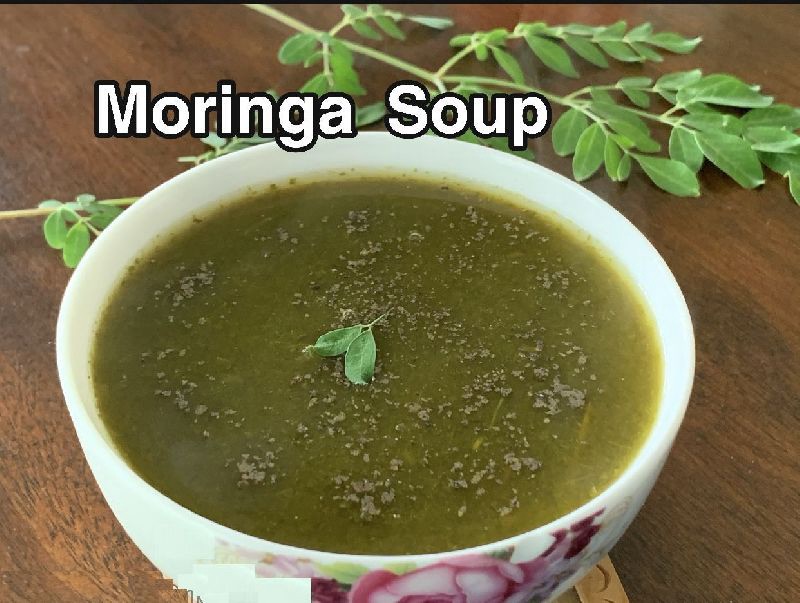Prof. Raphael Nyarkotey Obu
Breastfeeding is an important phase in a baby’s development. However, some may not breastfeed their babies due to some reasons. In general, it has many benefits. When you breastfeed your baby, you transfer antibodies and the nutrients they need to grow, especially in your colostrum when you first start breastfeeding.
Also, a study by Dieterich et al.(2013) found that breastfeeding may help reduce the risk of heart disease, ovarian cancer, breast cancer, and type 2 diabetes. It also helps to lose the weight you gained while you were pregnant, though it doesn’t work for all.
Thompson et al.(2017) study cements that when you breastfeed, the breast milk could fend off colds, the flu, and other infections while reducing your baby’s risk of sudden infant death syndrome (SIDS).
A previous study by Dieterich et al.(2013) found that babies who are breastfed normally have fewer problems with:
• asthma
• diarrhea
• ear infections
• childhood obesity
We know that staying hydrated while you are breastfeeding can help with the production of breast milk. After all, your body needs to get the necessary supply of liquid to form this sustenance for your baby.
It then stands to reason that soups will double up in this area because, unless you have accidentally made a stew, it’s mostly liquid and shares the same consistency with other liquids like water. Of course, this might go without saying, but if your soup tastes like water then you might have forgotten to put in the soup stock and other ingredients.
There is good news for those wanting to increase their breast milk production. Few scientific evidence supports that thesenatural foods may increase milk supply:
• Pumpkin- one study by Buntuchai et al.(2017) found thateating pumpkin soup or adding pumpkin to any diet increased breastmilk milk supply. The results also revealed that the consumption of banana flowers, lemon basil, Thai basil, and bottle gourd also increased breast milk production.
• Protein-rich foods- Buntuchai et al.(2017) further revealed that there were significant correlations between consumption of some kinds of protein and milk volume, including egg tofu, chicken, fish, and seafood.
• Fennel- Penagos et al.(2014) study revealed that fennel also increases breastmilk production. You can make soup or make a salad or tea from this plant.
• Fenugreek- Khan et al.(2018) study also showed that this herb may have lactation-promoting effects. Fenugreek can be used to flavor recipes or be made into tea.
• Ginger- Ginger has long been known to aid with blood flow and circulation — the process by which the heart circulates a person’s blood throughout the body. Ginger can dilate blood vessels, making it simpler for blood to flow. Ginger also includes chromium, magnesium, and zinc, all of which aid in blood circulation. These improvements in blood supply and circulation in the breast area are what contribute to increased breast milk production.
• Garlic-Garlic is thought to be able to affect the fragrance of breast milk which may cause babies to latch on for longer lengths of time especially during initial introduction, according to research. Because an increase in latching time may increase breast milk supply.
• Green Papaya-Green papaya contains saponins and alkaloids that influence the production of prolactin and oxytocin, causing more breast milk to be produced. In addition, alkaloids activate the smooth muscles surrounding the mammary glands, causing them to produce breast milk.
Warning
Take notice that some herbal remedies that are promoted as natural ways to promote breast milk production may contain ingredients that aren’t safe. They may have adverse side effects in some people.
It’s always best to check with your healthcare provider before you take any herbal supplements while breastfeeding.
NB:
Prof. Nyarkotey has strict sourcing guidelines and relies on peer-reviewed studies, academic research institutions,and medical associations to justify his write-ups. My articles are for educational purposes and do not serve asMedical advice for Treatment. I aim to educate the publicabout evidence-based scientific Naturopathic Therapies.
The writer is a Professor of Naturopathic Healthcare, a Medical Journalist, and a science writer. E. mail: professor40naturopathy@gmail.com.
References
1. Buntuchai G, Pavadhgul P, Kittipichai W, SatheannoppakaoW. Traditional Galactagogue Foods and Their Connection to Human Milk Volume in Thai Breastfeeding Mothers. J Hum Lact. 2017 Aug;33(3):552-559. doi: 10.1177/0890334417709432. Epub 2017 Jun 13. PMID: 28609178.
2. Penagos Tabares F, Bedoya Jaramillo JV, Ruiz-Cortés ZT. Pharmacological overview of galactogogues. Vet Med Int. 2014;2014:602894. doi: 10.1155/2014/602894. Epub 2014 Aug 31. PMID: 25254141; PMCID: PMC4165197.
3. Khan TM, Wu DB, Dolzhenko AV. Effectiveness of fenugreek as a galactagogue: A network meta-analysis. Phytother Res. 2018 Mar;32(3):402-412. doi: 10.1002/ptr.5972. Epub 2017 Nov 30. PMID: 29193352.
4. Dieterich CM, Felice JP, O’Sullivan E, Rasmussen KM. Breastfeeding and health outcomes for the mother-infant dyad. Pediatr Clin North Am. 2013 Feb;60(1):31-48. doi: 10.1016/j.pcl.2012.09.010. Epub 2012 Nov 3. PMID: 23178059; PMCID: PMC3508512.
5. Thompson JMD, Tanabe K, Moon RY, Mitchell EA, McGarvey C, Tappin D, Blair PS, Hauck FR. Duration of Breastfeeding and Risk of SIDS: An Individual Participant Data Meta-analysis. Pediatrics. 2017 Nov;140(5):e20171324. doi: 10.1542/peds.2017-1324. PMID: 29084835.




